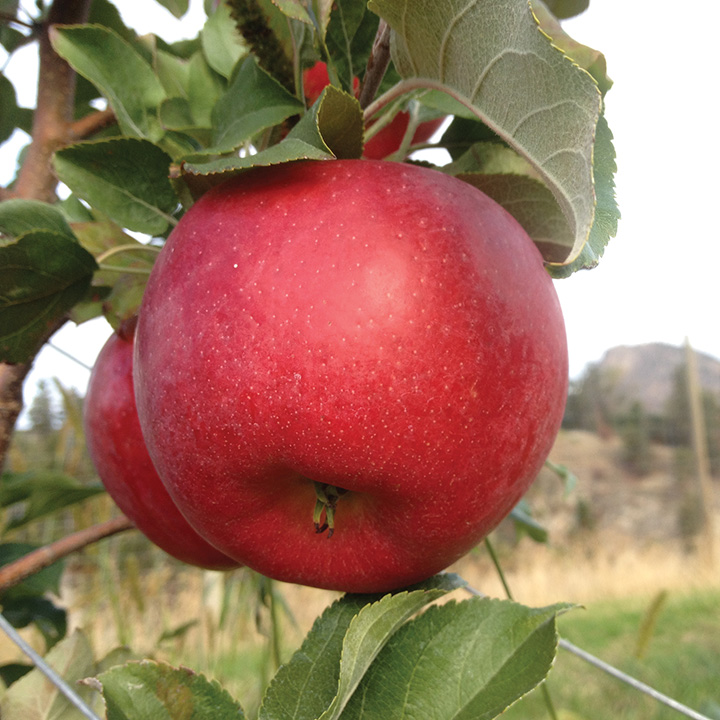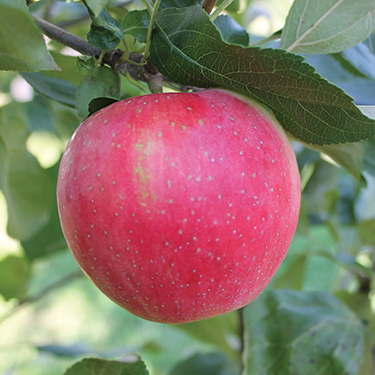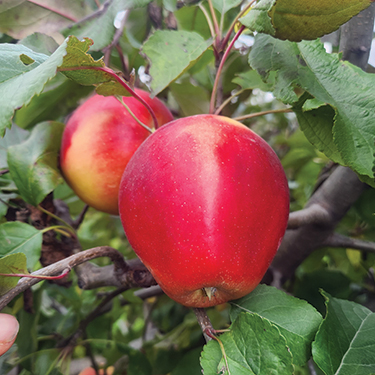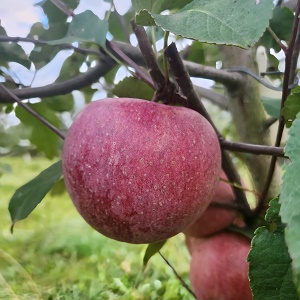Due to CFIA regulations we cannot ship plants outside of Canada and cannot ship fruit trees or grape vines to BC.
You are $500.00 away from a 10% discount
Apple : LIBERTY Semi-Dwarf (G969)
$53.95
Liberty has the distinction of being the most disease resistant variety developed to date. Crisp, juicy, light yellow flesh with sprightly flavour. Good for eating fresh, cooking, canning or desserts.
Hardy, vigorous tree sets heavy fruit loads, so it benefits from thinning to ensure larger fruit. Flavour develops further when the apples are left in storage. Will keep for 3-4 months. Very reminiscent of McIntosh, this is the #1 backyard apple tree.
NEEDS A POLLENIZER | ZONE 4 | HARVEST: EARLY-MID OCT.
Red Product Overview
Apple (Malus)
One of the most challenging fruits to grow organically, but take heart! Choosing one of our scab resistant varieties is a good start. With the vast array of flavours available (even for colder regions) in this healthy, versatile fruit, it would be a shame not to try a few trees. Natural pest control with insect traps and kaolin clay sprays can be used if desired. However, apples that are less than picture perfect are still just as flavourful and nutritious. Even with insect damaged fruit all is not lost. Drying, juicing or making apple sauce are still great options. Remember the old adage ‘an apple a day keeps the doctor away’ was coined before the days of pesticide sprays.
1-2m (3-6') bareroot trees
Only logged in customers who have purchased this product may leave a review.
Growing Tips
Apple Growing Tip
Besides selecting the most disease resistant varieties, there are
a few simple things to do to have better apples.
- Fertilize under the outer edges of your trees. There are no feeder roots next to the trunk. A well fed tree stays healthier. (Adequate calcium in the soil also helps so that apples keep longer.)
- Pick up fallen fruit and compost, dispose of, or feed to livestock (where possible).
- Rake up leaves in the fall and compost them away from the orchard.
- Prune trees to encourage light and air to reach the inside of the tree.
- Provide bird nesting sites near your orchard. A variety of orchard companion type plants will attract native pollinator insects and also encourage birds to come and eat insect pests.





Reviews
There are no reviews yet.